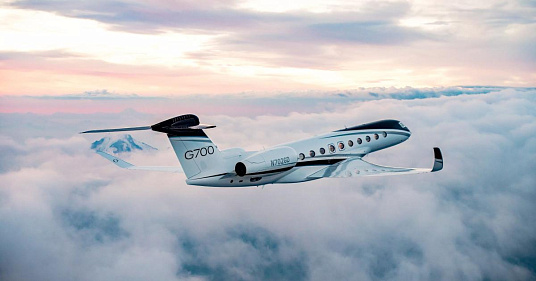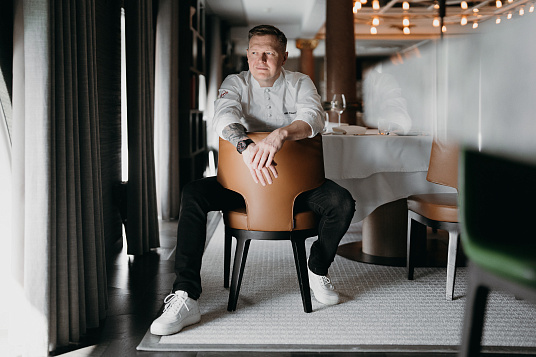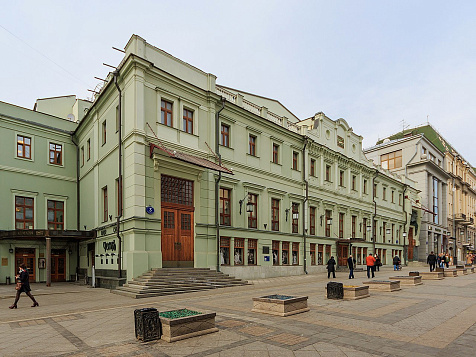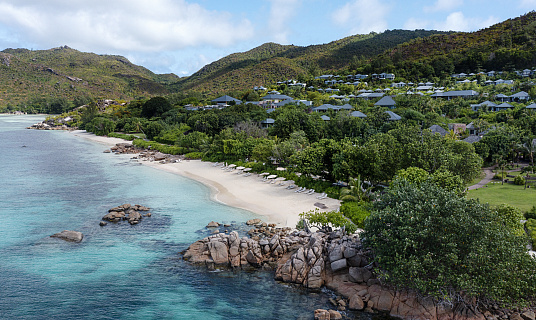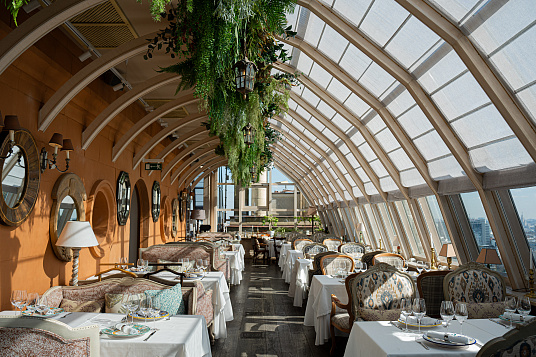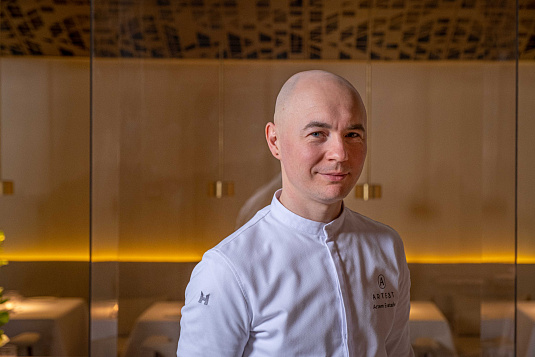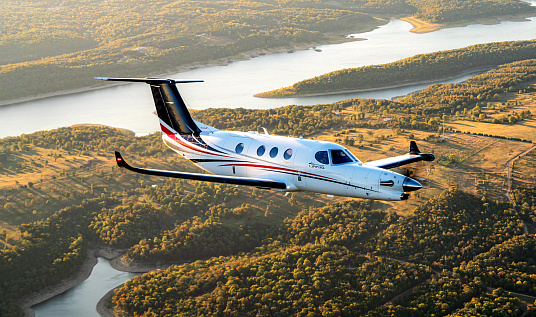21.11.2013
Новости
Russian jet maker Sukhoi continues the development of the T-50 fifth-generation fighter for the national air force under the PAK FA program. The fifth prototype of this aircraft made its hour-long maiden flight at Komsomolsk-on-Amur on October 28.
The manufacturer is not explaining how the T-50-5 differs from the previous prototypes, nor does it disclose what kind of tests the airframe is intended for. After the factory trials, T-50-5 will join the other four prototypes, which are currently being test-flown at Zhukovsky outside Moscow. Two more airframes are involved in the ground test: one of them is used as a ground rig, the other one is undergoing static tests.
The T-50 is intended to replace 4th generation Sukhoi Su-27/30 aircraft in the Russian Air Force. It will also serve as the baseline for the Russo-Indian Fifth Generation Fighter Aircraft, being developed jointly by Sukhoi and Hindustan Aeronautics Limited.
The first T-50 prototype flew in January 2010; the flight test program started in April same year. The T-50-3 prototype, equipped with an AESA radar, joined the trials in 2012, the same year as tests began on the fighter’s in-flight refueling capability. According to Sukhoi, in the three years of testing the T-50 prototypes completed more than 450 flights in total.
The T-50 prototypes involved in the flight tests are currently powered by a pair of Item 117 engines, which represent a radical upgrade of the NPO Saturn AL-31F design. Russia’s United Engine Corporation is looking to complete the development of a production engine for the Sukhoi T-50 fighters by late 2015. This is when the engineering design phase is expected to be finished and blueprints issued for the manufacture of the gas generator and engine demonstrators. Engine prototypes should be built and enter into testing in 2016.
Earlier, Russian Air Force Commander-in-Chief Lt-Gen Viktor Bondarev said that the flying phase of the joint evaluation trials should begin in 2013. Series production of the new fighter is expected to be launched in 2016. According to Mikhail Pogosyan, head of Sukhoi’s parent company United Aircraft Corporation (UAC), 25 billion rubles (about $780 million) will be invested in setting up a T-50 assembly line at Sukhoi’s Komsomolsk-on-Amur facility, which already houses the assembly line for Russian Air Force Su-35S multirole fighters.
The Su-35S generation 4++ multirole combat aircraft is expected to be operated by the Russian Air Force alongside the T-50. The Russian military placed an order for 48 of the type in 2009. The first two airframes were delivered in 2011, another eight followed last year. The type is now undergoing join evaluation trials. Sukhoi reported earlier that the results of the flight testing program had corroborated the design performance parameters for the airframe, powerplants, navigation system, and other equipment. The aircraft demonstrated a maximum near ground airspeed of 1,400 km/h and 2,400 km/h at altitude, and its maximum demonstrated altitude is 18,000 m.
The Russian Air Force has also ordered two more warplane types from Sukhoi: the Su-30M2 twin-seat fighter and the Su-34 bomber. The latter are being assembled at another Sukhoi facility, in Novosibirsk. The military has inked two contracts with Sukhoi for a combined 124 of the type. Deliveries started in 2010.
The Russian Defense Ministry expects Sukhoi to deliver 14 more Su-34 this year. The first bomber was delivered in May, two more batches followed in July and October. The 2014 production plan for the Novosibirsk facility stands at 16 aircraft, the military reports.
According to Pogosyan, the Komsomolsk-on-Amur facility is planning to deliver 27 fighters to the Russian Air Force this year, and 19 more fighters in 2014. Joint deliveries by the two Sukhoi facilities are expected to reach 51 fighters in 2015. Pogosyan says this is more than one half of all the aircraft the Defense Ministry has ordered from UAC.
Читайте также

